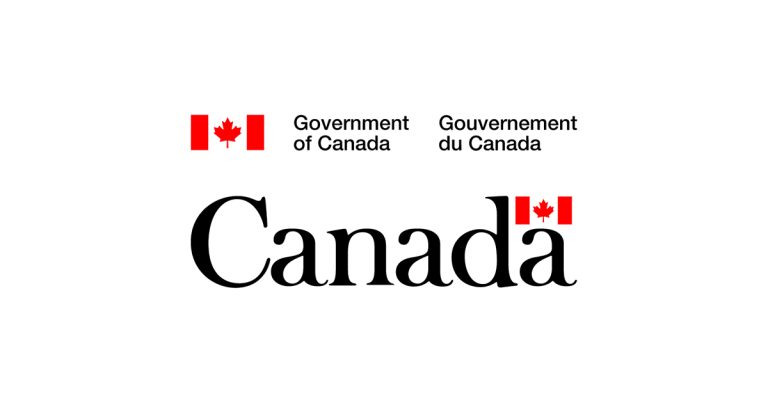PEI Releases Five-Year Housing Strategy

March 1, 2024
the provincial government released a five-year housing strategy to guide efforts across the province to facilitate the growth of housing supply, provide more options for low-and medium-income residents, and support those most in need.
Building Together – Prince Edward Island Housing Strategy 2024-2029 was developed through engagement with non-profit and community groups, tenants, landlords, industry associations, developers and all levels of government. It outlines 20 priority action items under three main pillars – acceleration, affordability and vulnerability.
“Across the housing continuum, we are supporting Islanders’ needs today and into the future. While significant work has been done to benefit our communities, there are still challenges that we need to address. This strategy identifies creative solutions and opportunities to tackle these challenges together while being responsive and adaptable to our ever-changing landscape. Strong collaboration within government and with all stakeholders is at the centre of this strategy.”
– Minister of Housing, Land and Communities Rob Lantz.
Key Indicators:
- PEI continues to experience high population growth. Recent forecasts show this trend will continue, projecting PEI’s population to reach 200,000 by the year 2030.
- The strategy identifies the need for an average of 2,000 more homes to be built annually to accommodate future population growth and to restore some supply to the housing market.
- While employment in PEI’s construction industry is at a record high (8,000 people), there is a projected need to grow the construction workforce to meet housing demands.
- Interest rates have had the largest increases since 2000.
- There is growing demand and growing complexity of housing needs.
Key Goals of the strategy:
- Build capacity, capability and collaboration to address PEI’s housing needs.
- Grow housing starts to a new level towards the required average annual 2,000 units.
- Achieve and maintain a healthy market vacancy rate of 2 to 4 per cent.
- Explore ways to increase the supply of permanently affordable rental housing through a combination of acquisitions and new constructions.
- Prioritize the most in need on the PEI Social Housing Registry, while working to eliminate the registry.
- Reduce the number of Islanders with a core housing need who spend more than 30 per cent of their before-tax household income on housing.
- Provide support to first-time home buyers.
- Increase investments that support residents remaining in their homes.
- Work to end chronic homelessness.
- Increase supportive housing units.
“A house is much more than four walls and a roof. It can be a source of security, dignity, and identity for many people,” said Minister Lantz. “By prioritizing housing, we put the health of all Islanders and the social and economic well-being of our communities first. Building together, we will navigate the road ahead and work towards a vision of all Islanders having access to adequate, affordable, and suitable housing.”
Backgrounder:
This five-year housing strategy identifies priorities that require collaboration across government and with all stakeholders to achieve the vision of all Islanders with access to adequate, affordable, and suitable housing.
Priority Actions
- Provide incentives and financial supports to encourage private sector and non-profit developments that increase the rental supply with a focus on higher density projects.
- Review and modernize regulations to support housing supply increases and a variety of housing types and densities.
- Focus on and invest in strategic workforce and immigration strategies towards retaining and attracting key skills to PEI in areas that place pressure on housing development.
- Work with municipalities to help build more homes, faster.
- Focus on building permit strategies that streamline the process to build homes faster.
- Collaborate to grow modular construction in PEI to facilitate innovative approaches and housing solutions.
- Partner to enhance the suitability and access of PEI’s housing supply with tiny and small homes.
- Support the construction industry with driving innovation to establish and grow capacity for new housing solutions in PEI.
- Encourage and support innovative community designs to support a mix of housing.
- Invest in more government-owned social housing units to support people in core housing needs.
- Ensure investment in ongoing and longer-term capital maintenance and efficiencies of government-owned social housing.
- Encourage and facilitate access to affordable housing units for people with low income through government development and partnerships with non-profit organizations.
- Support affordable housing development with the use of available government-owned property.
- Help Islanders reach their goal of home ownership.
- Provide support to help more people stay in their home and community.
- Address the critical gap in supportive housing in PEI to help Islanders most in need.
- Build a collaborative model of intervention for PEI’s most vulnerable population who are unhoused, at risk of being unhoused or inappropriately housed, with a goal to interrupt the cycle of poverty and homelessness.
- Actively partner in collaborative efforts to prevent and reduce homelessness.
- Work with community partners to strengthen and streamline access to resources for people experiencing or at risk of homelessness.
- Recognize and grow the network of community partners.
Supporting Actions
- Adopt a whole-of-government approach that aligns housing with other important provincial priorities.
- Modernize the PEI Housing Corporation as a crown agency based on the expanded mandate.
- Explore the housing needs data gap with municipalities under a standardized Housing Needs Assessment template.
- Integrated population growth planning.
- Establish integrated land use planning for Prince Edward Island.
- Review the Mechanics Lien Act.
- Support new initiatives through pilot programs
- Monitor the Residential Tenancy Act.
- Build stronger connections between housing and public transportation.
- Align sustainability and development priorities.
Go HERE for more information









![Guide to the Canadian Electrical Code, Part 1[i] – A Road Map: Section 52 — Diagnostic imaging installations](https://electricalindustry.ca/wp-content/uploads/2022/11/Guide-CE-Code-2.png)






